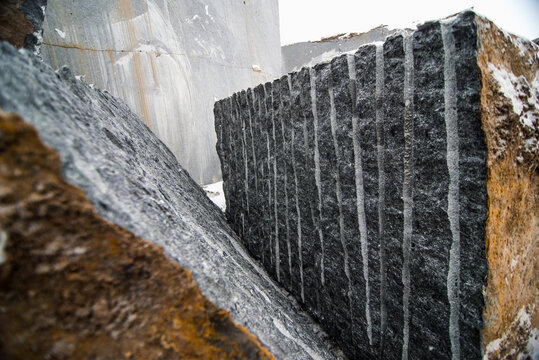A Journey Through Granite Quarries in South Africa: Introduction Nature's Virtuosity
Unveiling the Mysteries of Granite Quarrying: Where Toughness and Style Meet
The globe of granite quarrying is a world where the raw stamina of nature assembles with human virtuosity to create frameworks that stand the examination of time with an air of style. From the depths of quarries to the precise polishing in workshops, the procedure of changing granite right into building wonders is an intricate dance of practice and development. As we peer into the depths of this ancient craft, we begin to discover the concealed details that form the really significance of our constructed setting.
The Origins of Granite Quarrying
In the annals of architectural history, the origins of granite quarrying are shrouded in a tapestry of ancient craftsmanship and geological marvels. Going back to old Egypt and Mesopotamia, the extraction of granite from quarries noted the start of a trip that would ultimately bring about the development of a few of the globe's most famous frameworks.
Granite quarrying's roots can be traced to the skilled artisans that recognized the stone's longevity and aesthetic allure. Via a mix of primitive devices and large decision, these early quarry employees discovered granite blocks that would become the building blocks of human beings.
As human beings advanced, so did the methods of quarrying granite. The Romans, renowned for their engineering prowess, created sophisticated methods for removing granite to create monuments, holy places, and roads that stood the test of time.
The heritage of these ancient quarrying practices remains to form modern style, with granite continuing to be a sign of strength and elegance in building and construction jobs around the globe. (granite quarries in south africa)
Devices of the Quarrying Trade
The advancement of granite quarrying methods from ancient civilizations to modern-day times highlights the critical function played by the tools of the quarrying profession in shaping the sector's methods. In old times, quarrying tools were rudimentary, usually including blades, hammers, and wedges made from materials like bronze or iron. These devices needed significant workforce and time to extract granite obstructs from quarries.

Furthermore, the introduction of pneumatic tools and high-powered machinery has actually dramatically lowered the physical labor called for in quarrying procedures, improving worker safety and productivity. As useful reference the quarrying industry proceeds to introduce, the tools of the trade remain at the forefront of driving development important source and shaping the future of granite extraction.
Removing Blocks of Granite
Making use of accuracy machinery and advanced strategies, the removal of granite blocks from quarries has become an innovative procedure in the contemporary quarrying market. The initial action includes identifying the area and dimension of the granite deposit to determine one of the most effective extraction technique. When a suitable website is chosen, the extraction procedure begins with the exploration of holes for the placement of nitroglycerins. Managed blasting strategies are then used to disintegrate the granite right into workable areas.

Sprucing Up and Finishing Strategies
To achieve a remarkable surface on granite blocks, competent craftsmens employ a series of thorough polishing and completing strategies. After the initial extraction and forming processes, the granite obstructs undergo a complete sprucing up phase to improve their all-natural elegance and sturdiness.
In enhancement to polishing, finishing methods are used to additional refine the granite's appearance. By carefully picking and using these polishing and finishing techniques, craftsmens can transform raw granite blocks right into elegant items that showcase both strength and elegance.

Ecological Impact and Sustainability
With the growing emphasis on environmental consciousness in the sector, granite quarrying practices are increasingly scrutinized for their effect on natural resources and long-term sustainability. Additionally, the transportation of granite from quarries to processing facilities generates carbon emissions, even more contributing to environmental degradation.
To reduce these effects and guarantee sustainability in granite quarrying, market stakeholders are embracing different steps. Carrying out innovative modern technologies to lower power usage and water usage, reclaiming quarried land for ecological remediation, and promoting responsible sourcing techniques are some approaches being used. Accreditations such as the Forest Stewardship Council (FSC) and the Management in Power and Environmental Style (LEED) help customers determine ecologically friendly granite items.
Final Thought
To conclude, granite quarrying is a procedure that needs specialized devices and strategies to remove blocks of granite and brighten them to a high level of surface. While the ecological influence of quarrying can be substantial, initiatives are being made to improve sustainability practices in the sector. On the whole, granite quarrying is a fragile balance between utilizing the stamina and beauty of this natural rock while minimizing its influence on the atmosphere.